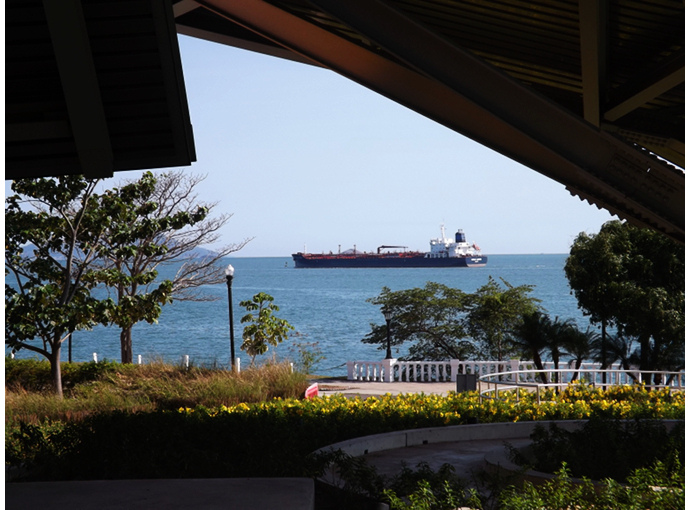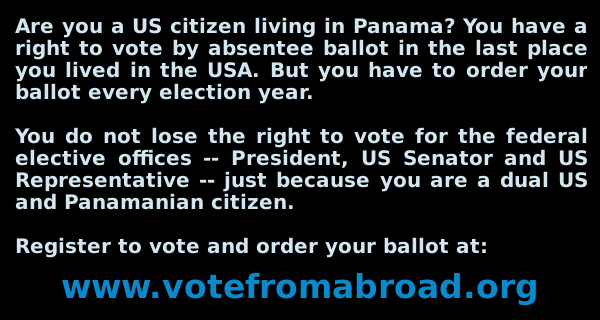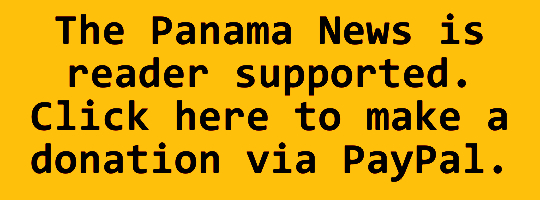The fundamental problem with the Panama Canal is that it has not been managed in the way that its spokespeople have tried to convince Panamanians that it has. Archive photo by Eric Jackson.
The Panama Canal Authority has structural problems as well as a water shortage
by Marco A. Gandásegui, hijo
The Panama Canal Authority (ACP) has a public relations and broadcast team that is the envy of the other public entities of the Panamanian government. While the various offices that have government responsibility in the tourism sector, for example, fail to take off, the ACP has managed to create a global campaign concerning water and the environment.
The world, especially the maritime world, on which we all depend, wonders when the water will run out in the Panama Canal watershed. For years, the ACP has reported that water is running out in Gatun Lake, where ships of up to 150,000 tons of displacement that cross the isthmus navigate. If you do not imagine what that figure implies, take a walk along the canal to see them pass under the Bridge of the Americas or go to another lookout. You will be surprised and amazed at the same time.
At present, a little more than 14,000 ships per year pass through the canal, an average of 40 ships per day. The largest pay more than a million dollars to make the crossing. Panama recently built a third set of locks for the larger post-Panamax ships to pass.
When the canal expansion was approved, allegedly thorough studies were made of the channel’s watershed and its water production. The proponents of the construction of the third locks said that studies showed that water would not be a limitation for ship traffic. Now they have changed their position. Why the change?
The ACP administration assures us that its concern about the water available for canal operations is due to several reasons. The main ones are, on the one hand, the change in rainfall on the Isthmus of Panama. On the other, the growth of the urban clusters around the canal which also use the precious liquid.
The underlying problem of the Panama Canal is that it has not been managed in the way that its spokesmen have tried to convince Panamanians. On the one hand, the wealth it generates — in 2018 a total of ($3.6 billion) — has not been handled with transparency. On the other hand, the members of the board of directors have turned the ACP into a umbrella under which they conduct private businesses. Moreover, the water problem has now become a hot potato.
Regarding the lack of transparency, we must begin with the arrangement of the shipping companies that transit through the Panama Canal with Citibank in New York. That’s where tolls are deposited. In addition, all or almost all members of the board of directors have projects that do not benefit the ACP. Finally, in the case of water, ACP has proposed several solutions that do not convince much. Several years ago, the ACP announced that it had among its plans to dam Rio Indio to feed water to Gatun Lake in the dry season. This initiative, due to its political implications, has taken a very low profile. Another solution was to limit the water consumption of the population residing in Panama City, which shares the Chagres River basin’s liquid resource with the canal. The proposal that has been considered recently is to bring water from the Bayano River (dammed in the 1970s) to Gatun Lake.
Meanwhile, the ACP will revise the tolls that it charges to ships that are more than 125 feet long that pass through the canal. All ships will pay an additional surcharge of $10,000 for each transit, plus a a variable rate between one and ten percent depending on Gatun Lake’s level at the time they make the transit. If the lake level is high they will pay a lower toll and vice versa.
Contact us by email at fund4thepanamanews@gmail.com
To fend off hackers, organized trolls and other online vandalism, our website comments feature is switched off. Instead, come to our Facebook page to join in the discussion.
These links are interactive — click on the boxes











